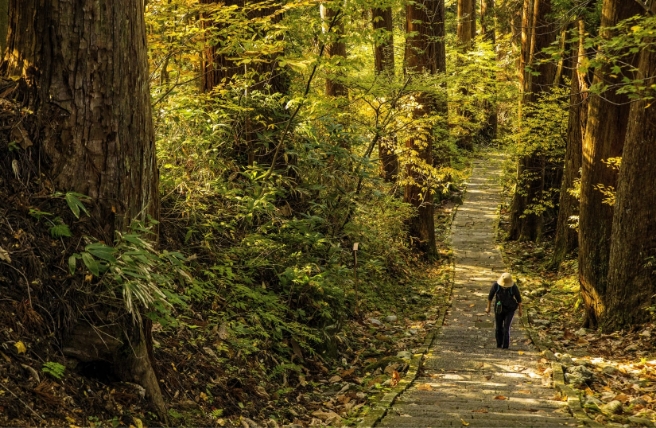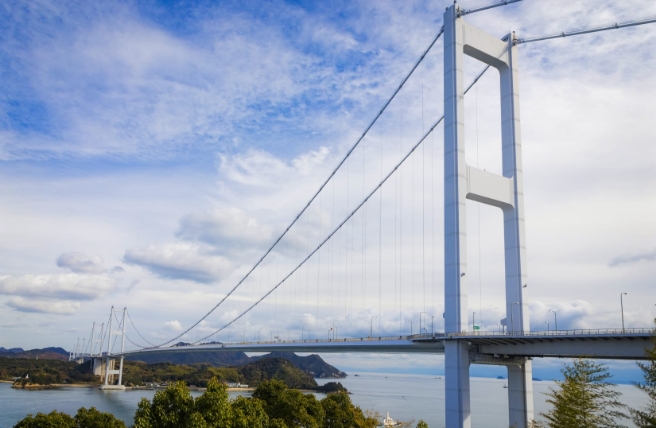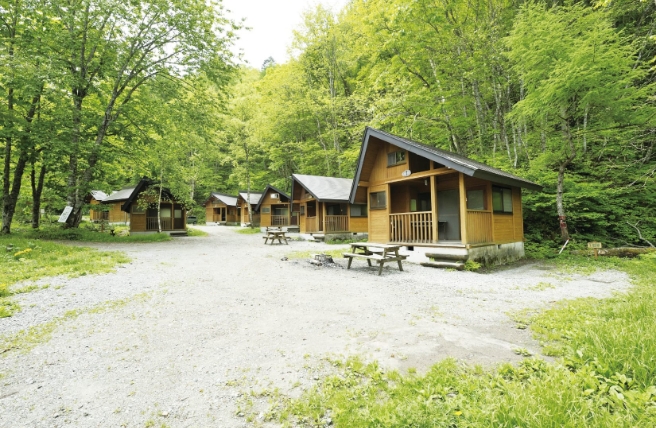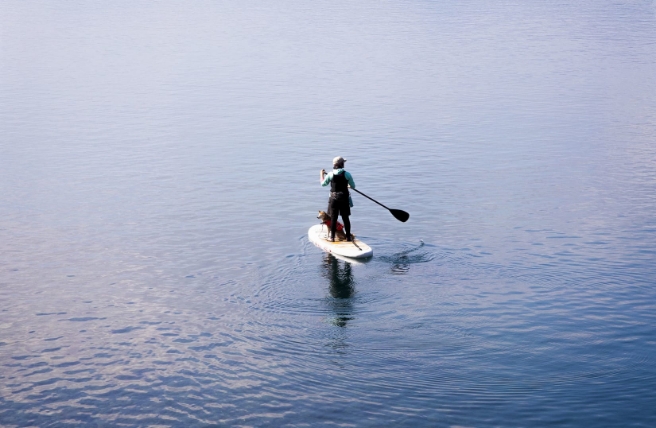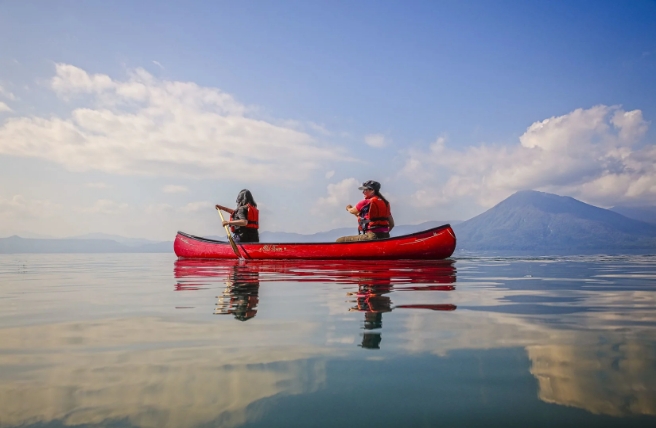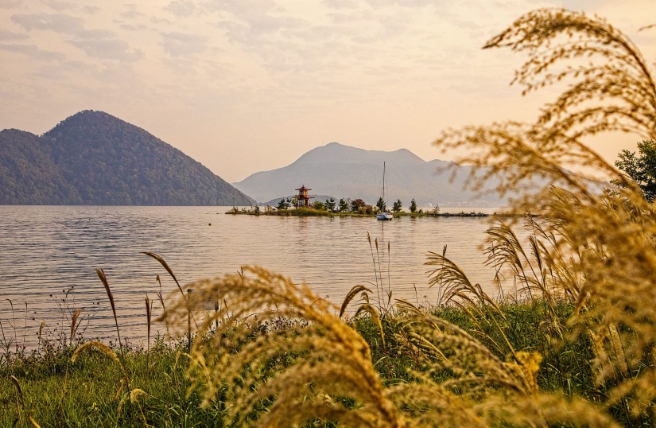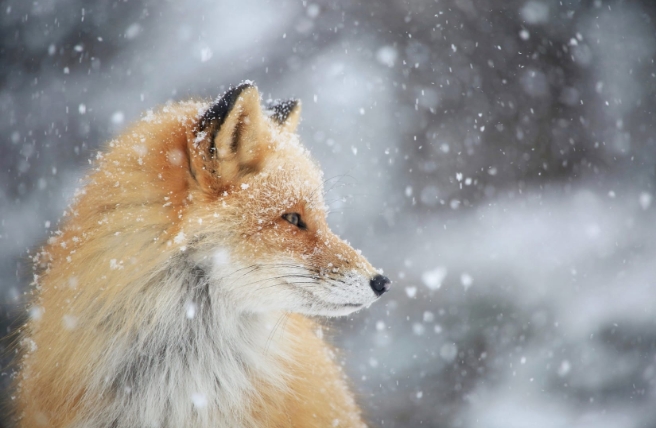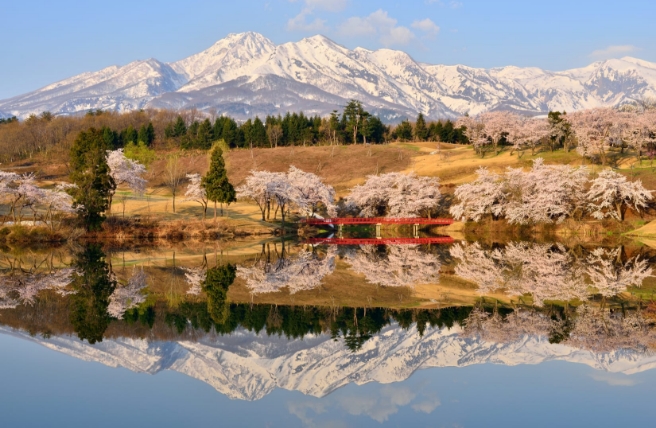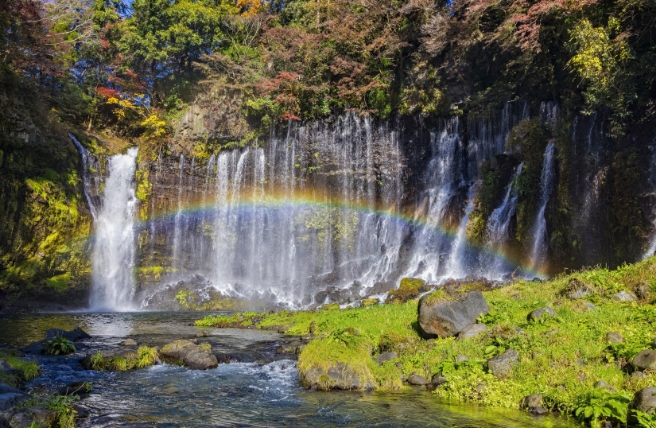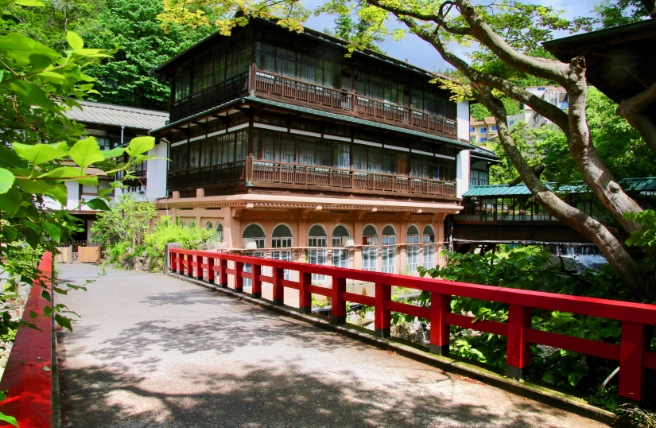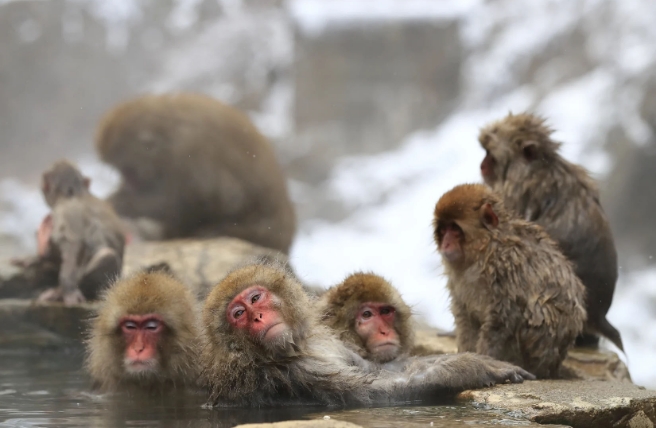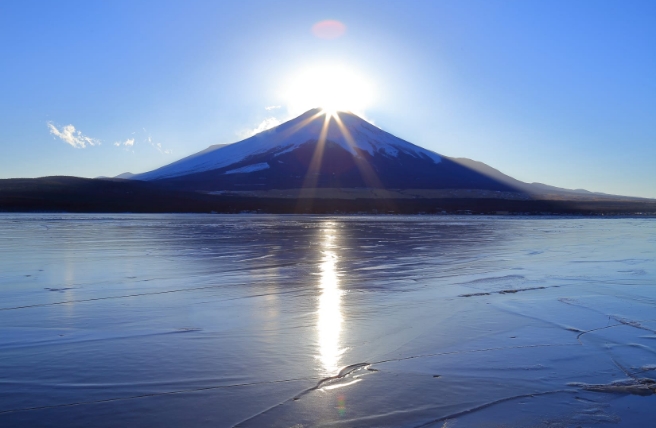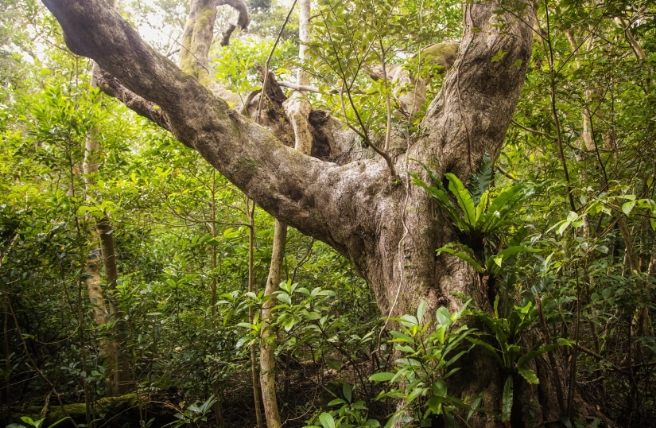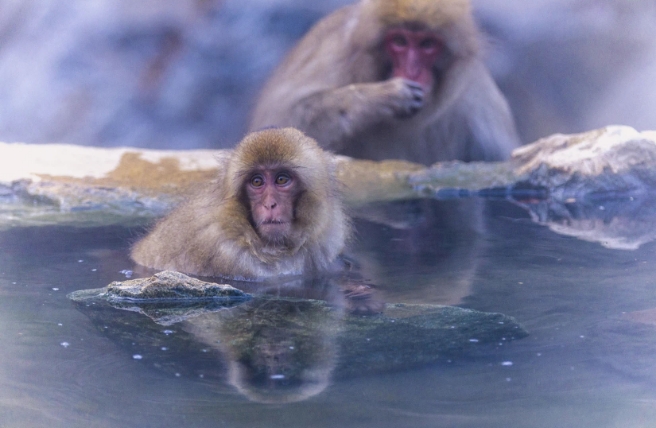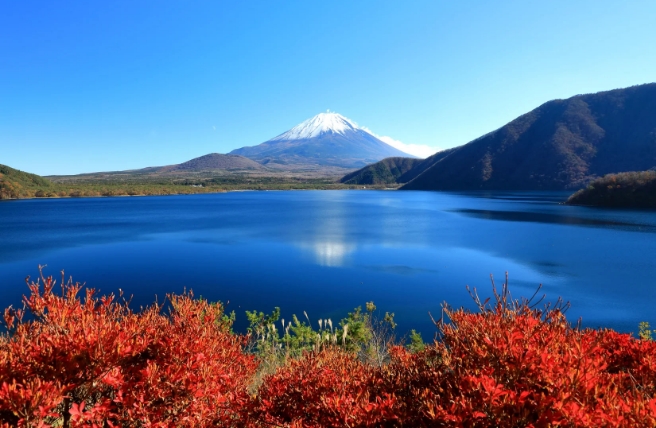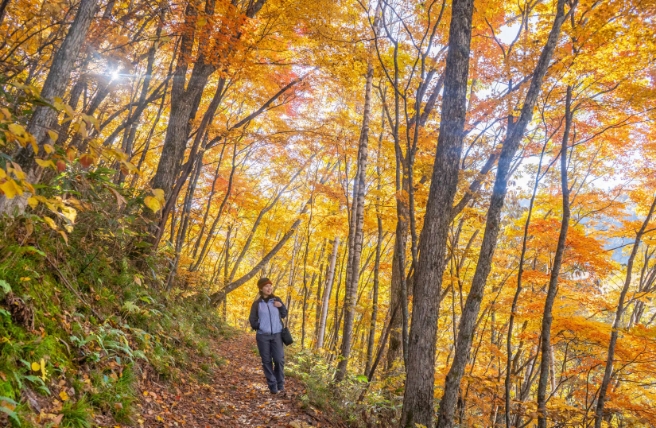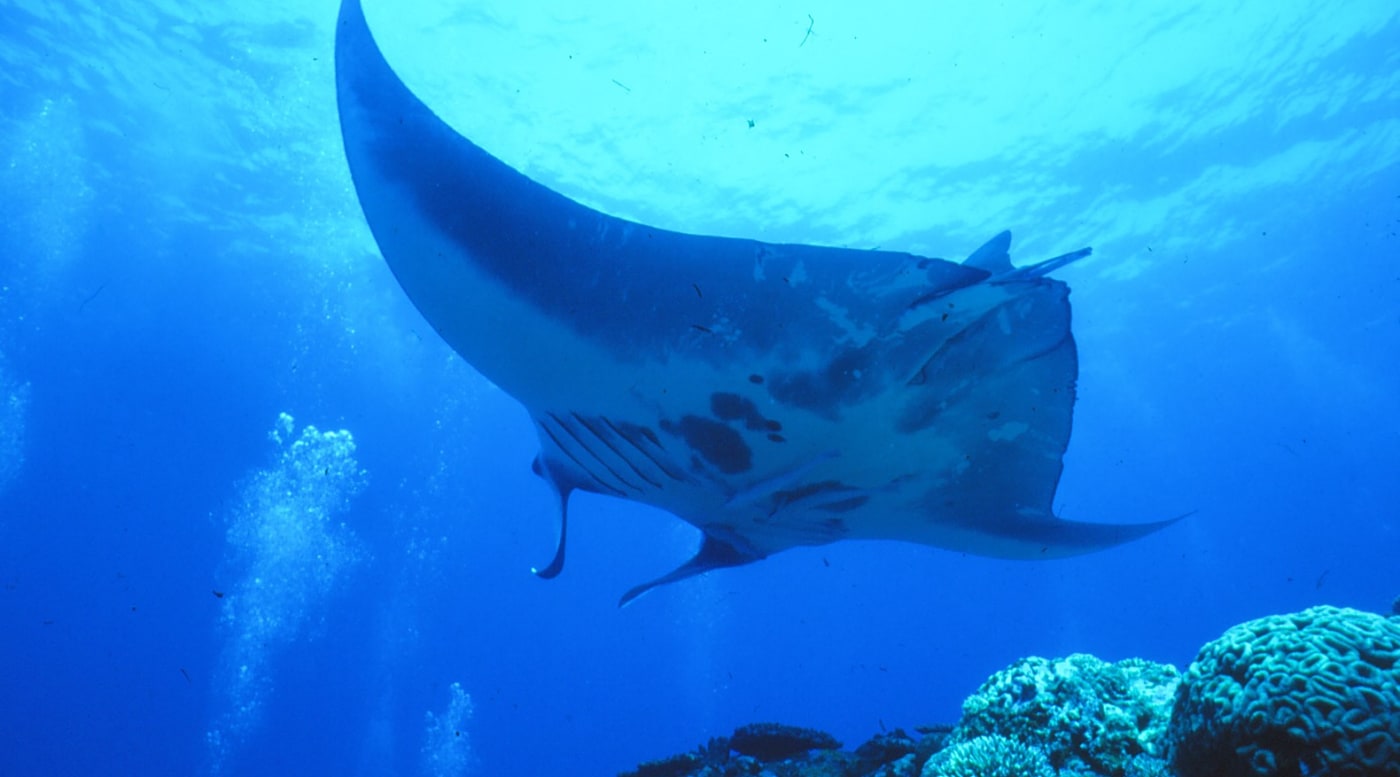Iriomote-Ishigaki National Park is home to Japan's largest mangrove forest as well as the largest community of blue coral in the Northern Hemisphere. The islands of the park feature coastal forests with vegetation such as beach hibiscus, screw pine and the endemic Yaeyama palm tree.
These environments attract a fascinating array of creatures, which include crested serpent eagles, yellow-margined box turtles and reef manta rays. There are also species that live only on the park's islands, such as the Iriomote wildcat. Kishinoue's giant skink, meanwhile, is only found on the park's Yaeyama Islands, and Yonaguni Island, which is outside the park.
